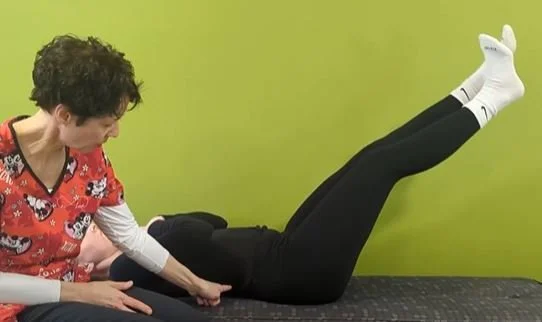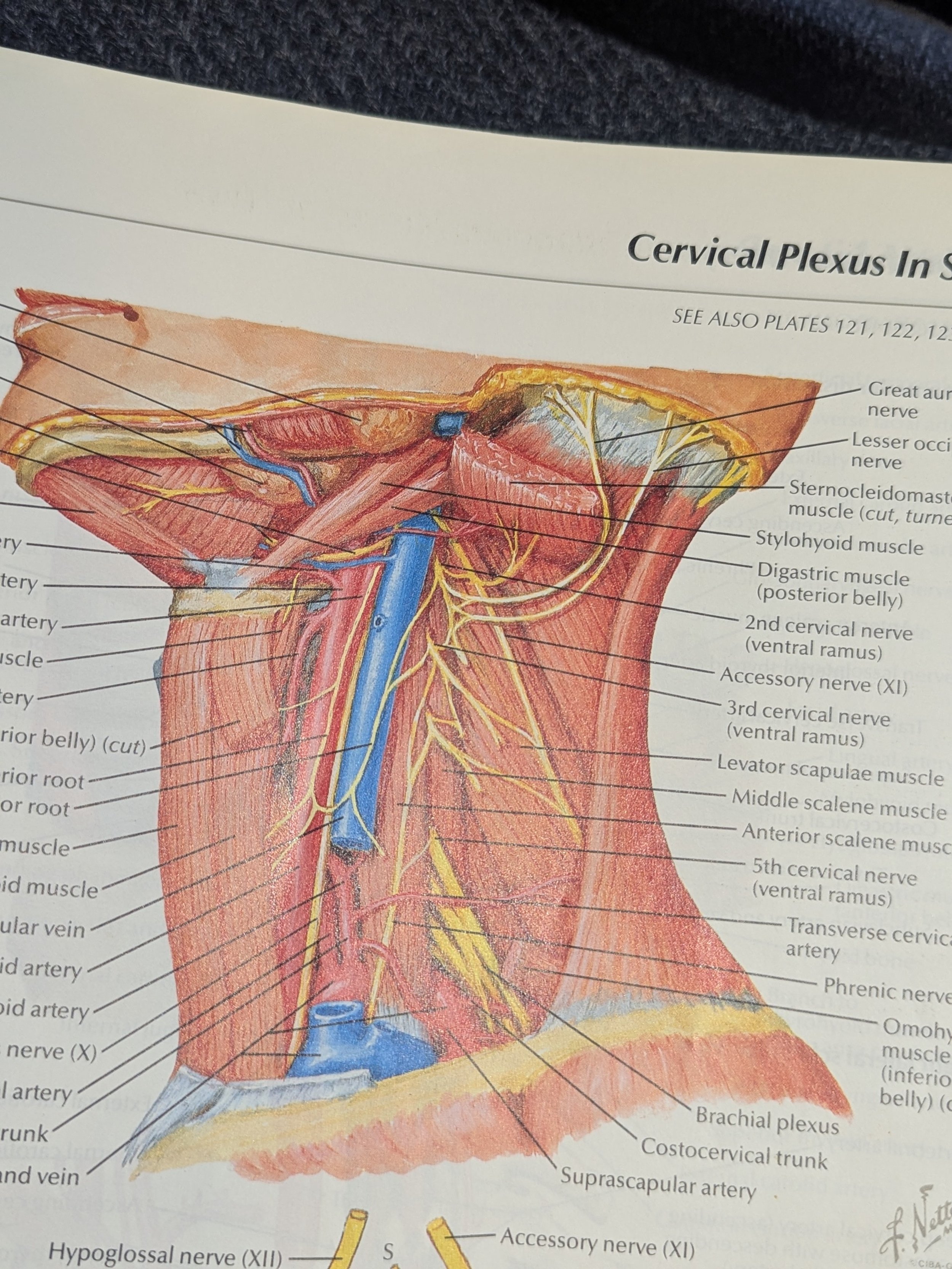"Tennis elbow" is a term that actually encompasses a variety of different pathologies affecting the lateral elbow, and has been described by 1 of my savvy patient as "the most unglamorous yet truly painful and brutally persistent" condition of the upper extremity. You never really know how much you use your lateral elbow until you find yourself unable to do simple tasks such as picking up a cup of coffee without wincing in pain. You're not even thinking about playing tennis at that point...
In medical terminology, conditions of the lateral elbow are often referred to as "lateral epicondylitis". A catch all term for repetitive strain injuries of various soft tissues of the lateral elbow. The reality is a little more nuanced, since that piece of real estate is dense in many structures: wrist and finger extensor tendons, lateral collateral ligament, supinator muscles, lateral myofascial edges of the triceps, radial head, radial head bursa, and traversing branch of the radial nerve. The mechanisms of trauma can be repetitive overuse injuries, or can actually be triggered by an initial single trauma such as pulling too hard on a stuck object, setting the cycle for continued reinjury with normal use.
Traditional treatment of lateral epicondylitis involves a combination of supportive measures such as heat, ice, resting from aggravating activities, and light bracing with activities. It will work for some people, but the truth about tennis elbow is that it can be persistent for a really long time and not respond to those first-tier approaches.
One of the reasons for the poor response of tennis elbow cases to traditional approaches is that tennis elbow is often the proverbial "singing canary" for mechanical and myofascial problems upstream. In order for the elbow to properly do its job, especially during repetitive activities, it needs normal stability of the scapula on the upper thoracic spine and the external rotators of the shoulders. If both of these mechanisms fail to function properly, the elbow flexors and extensors will be working harder during normal activities. And eventually get injured.
When patient presents with persistent poorly healing tennis elbow symptoms with normal treatment,we will need to look at the following silent upstream problems:
– global position of the shoulder girdle, especially with a lot of rounded shoulders and protraction, and poor function of the shoulder blade muscles. Patients will often have "winging" of the scapula either when sitting or when using their arm.
– Alignment and function of the upper thoracic spine, for silence spinal functional lesions, especially those that cause continued flexion and loss of normal rotational joint play.
– Mechanical problems of the cervical spine that cause some low-grade irritation of the C5 and C6 nerve roots, since they are responsible for firing the stabilizing muscles on the inside of the blade, which are essential to offload elbow muscles during arm activities.
The bottom line is that an elbow pain is sometimes not just an elbow pain. Even with upstream problems, which will require chiropractic and myofascial interventions to the neck, upper back and shoulder blade, the elbow problem may have become a separate entity that needs co-treating in order to fully recover. Local treatments involve soft tissue therapies that help break up scar tissue, and improve blood flow to the affected areas that are often very fibrous, stabilizing kinesiotaping, active range of motion retraining etc. Ultrasound therapy can often be extremely useful short-term as well as infrared therapy as a home therapy. There are lots of options available, and there is no reason to wince every time you pick up your well-deserved morning cup of coffee.
( photo courtesy of Racool studio)













